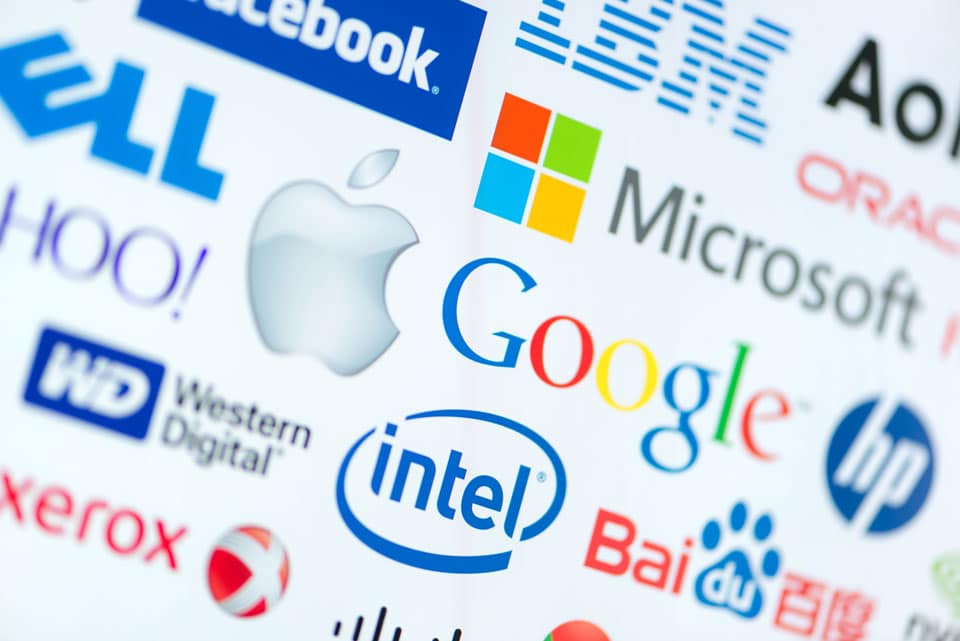A Perfect Blend of Branding and Personalization

The business world has become more competitive than ever before. Literally hundreds of companies are competing in the same industries and selling the same products. It is now more important than ever for a business to fully capture the attention of their customers and make sure that it does not sway towards their competitors. If they fail to do so, their profit margins will suffer and they will lose future sales as well. There are two viable ways to retain customer attention in this modern business landscape: maintaining brand consistency and creating a sense of hyper-personalization.
To fully understand what brand consistency entails requires delving into what a brand is defined as. When people hear this term, they automatically think of logos or catchy slogans. However, brands encompass far more than that- the terms can describe anything from a company’s message to their value statement to even the customer’s experience while shopping with a company. At a high level, it is their reputation in the public eye, and can be created on any type of business channel including social media, emails, websites, advertisements, and even chatbots.
It’s pretty clear that consistent branding can be a great move for a business. When they focus on making sure that every business channel is creating the same type of look and feel for a customer, their revenue can grow by more than 10%. This data is directly in line with customer responses as well. 76% of customers are expressing that they want consistent interactions with brands. Unfortunately, 90% of companies are falling short of this market. This can have some serious repercussions for a business- there can be confusion with competitors, a slower sales cycle, and hindered ability to generate leads. Clearly, it is important for executives of any business to come together and decide how they want to be perceived by the public, or risk having the public choose a negative view.
Another important strategy is hyper-personalizing the interactions that each individual customer has with a business. It is human nature to want to feel special and important. When a business taps into this basic human behavior, they can unlock some amazing results. This method is all about using the power of artificial intelligence (AI) and machine learning to gather data about a customer from their browsing and purchasing history on their websites or other platforms. Then, the AI is able to offer some predictive recommendations based on their likes and dislikes to be used in marketing messages and product recommendations. This predictive personalization method has been a frequent successor to high revenues, so it seems to be a pretty effective method for capturing a customer’s attention.
There are several huge businesses that have used this personalization method very effectively. The majority of Netflix’s users (80%) use the recommendations for movies and shows that are recommended based on their previous viewing history, instead of searching up movies on their own. Amazon has experienced 35% conversion rates for products that have been marketed by using hyper-personalized emails. Starbucks has increased their incremental revenue by threefold with in-app personalized recommendations for drinks and snacks based on what they have bought before.
As all of these businesses have found to be true, most consumers (90%) find personalization tactics to be more appealing and are more likely to engage with the brand. 72% of consumers actually respond to marketing messages that bear their personal preferences in mind, which is the holy grail of any type of marketing. On the contrary, refusing to do any form of hyper-personalization can actually result in a loss of 38% of customers, which directly impacts revenues as well.
Some companies have become masters at creating personalized content for their customers. One of the most impressive examples is how the colossal Spotify, valued at over $34 billion, has managed to become a huge success story in the realm of hyper-personalization. At the end of each year, they release each user’s Spotify Wrapped, which is a complete summary of all of their listening stats, ranging from their most played song to their favorite artist. These stats can then be shared to various social media platforms. Like clockwork, each year #SpotifyWrapped charts on Instagram and Twitter. In fact, between 2020 and 2021, there was a 461% increase in Twitter engagement involving Spotify, as users are proud to show off who they are listening to. In addition, users receive curated playlists that are designed according to their individual tastes. This strategy has created an extremely loyal Spotify fanbase.
Written by Brian Wallace.
Have you read?
Revealed: Safest Cities in the World, 2024.
Ranked: These are the countries with the highest (and lowest) Home Ownership Rates, 2024.
Revealed: Largest Universities In The World By Number of Students Enrollment, 2024.
Report: Cities and Countries That Require Visitors to Pay Tourist Taxes, 2024.
Most-followed NFL players by team on Instagram, 2024.
Bring the best of the CEOWORLD magazine's global journalism to audiences in the United States and around the world. - Add CEOWORLD magazine to your Google News feed.
Follow CEOWORLD magazine headlines on: Google News, LinkedIn, Twitter, and Facebook.
Copyright 2025 The CEOWORLD magazine. All rights reserved. This material (and any extract from it) must not be copied, redistributed or placed on any website, without CEOWORLD magazine' prior written consent. For media queries, please contact: info@ceoworld.biz








